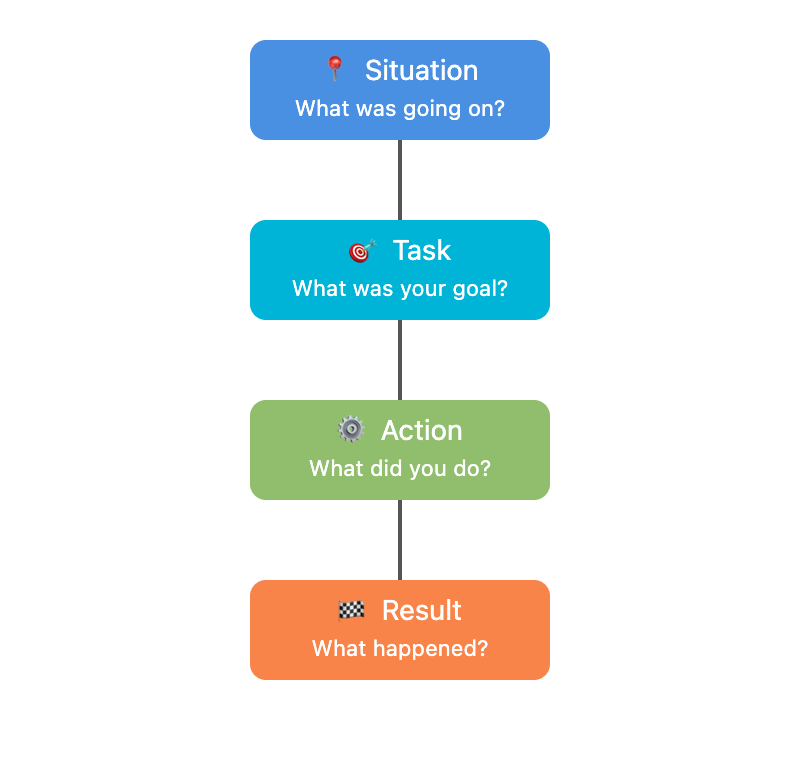Forming a quick judgment about someone is human nature, especially in high-stakes situations like sales interviews. In this unit, you’ll learn how first impression bias can subtly shape your decisions and discover practical ways to ensure your assessments remain fair and evidence-based. By mastering these skills, you’ll be better equipped to identify top sales talent—regardless of how they start the conversation.
First impression bias refers to the tendency to let your initial perception of a candidate—often formed within the first minute or two—dominate your evaluation of their entire interview performance. This bias is particularly common in sales hiring, where candidates may open with a strong handshake or a polished greeting, leading you to unconsciously rate all their answers more favorably ("They seemed sharp from the start, so their answers must be strong"). Conversely, if a candidate appears nervous or stumbles early, you might find yourself discounting their later, more relevant responses, even if they demonstrate strong sales competencies.
Allowing first impression bias to guide your decisions can result in missed opportunities or costly hiring mistakes. For example, a candidate who starts off anxious but later provides detailed, job-relevant examples of overcoming objections may actually be demonstrating resilience—a key sales trait. If you let your early impression dominate, you risk overlooking this evidence. On the flip side, a candidate who makes a great first impression but gives vague or generic answers throughout the interview might still receive an inflated rating.
To minimize this bias, anchor your evaluation in observable evidence and structured criteria. Focus on specific behaviors and answers, not on how you “felt” about the candidate in the opening minutes. For instance, instead of writing "Seemed nervous at first", note "Described a step-by-step process for regaining a lost client". Hold off on making any overall judgments until the interview is complete and you’ve reviewed your notes for evidence across all competencies. Remind yourself that nerves or polish in the first two minutes are not reliable predictors of sales performance—look for patterns in behavior, not just first impressions.
A practical way to counteract first impression bias is to use the STAR framework (Situation, Task, Action, Result) when taking notes during interviews. For each answer, jot down:
 By structuring your notes this way, you ensure your evaluation is based on concrete evidence from the candidate’s responses, not on your initial feelings. This approach helps you focus on job-relevant competencies and makes it easier to compare candidates fairly after the interview.
By structuring your notes this way, you ensure your evaluation is based on concrete evidence from the candidate’s responses, not on your initial feelings. This approach helps you focus on job-relevant competencies and makes it easier to compare candidates fairly after the interview.
To illustrate how first impression bias can play out in real interview situations, consider the following conversation between two interviewers discussing a candidate right after an interview:
- Chris: I have to admit, I almost wrote off Jamie after their awkward introduction. They seemed so nervous.
- Victoria: I noticed that too, but did you catch how detailed Jamie was when explaining their approach to rebuilding a lost account?
- True, their answer about regaining a client was really thorough. I guess I let my first impression stick with me.
